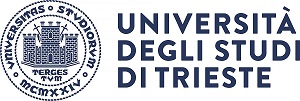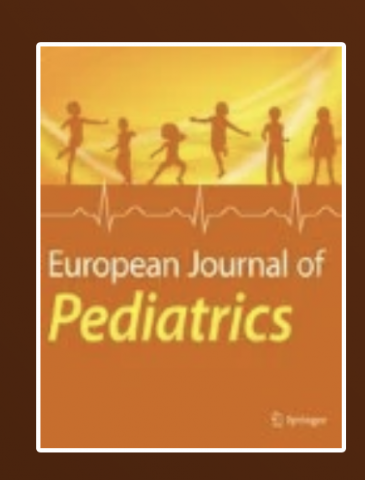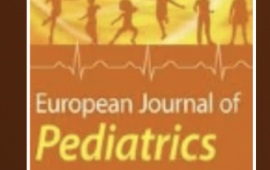Link to the paper
Abstract
Changes in the organization of the clinical care wards, requested by the SARS-CoV-2 (severe acute respiratory syndrome coronavirus 2) pandemic, have influenced the environmental circulation of other pathogens. The implementation of prevention procedures may have led to a decrease in the incidence of healthcare-associated infections. We aimed to investigate the impact of prevention and control measures for preventing the COVID-19 spread on the incidence of bacterial sepsis and invasive fungal infections in neonates and infants requiring major surgery. We compared the incidence of bacterial and fungal sepsis and their risk factors observed before the SARS-CoV-2 pandemic (from 01/10/2018 to 29/02/2020) with those observed during the pandemic (from 01/03/2020 to 07/05/2021) in 13 level III Neonatal Intensive Care Units in Italy, through a secondary analysis of data, collected during a prospective multicenter study (REF). The patients enrolled were infants within three months of life, hospitalized in the two periods in the participating centers to undergo major surgery. Among 541 enrolled patients, 324 (59.9%) were born in the pre-pandemic period and 217 (40.1%) during the pandemic. The incidence density (ID) of any infection in the pre-pandemic period was 16.0/1000 patient days versus 13.6/1000 patient days in the pandemic period (p < 0.001). One hundred and forty-five (145/324; 44.8%) patients developed at least one episode of bacterial sepsis in the pre-pandemic period, versus 103/217 (31.8%) patients, during the pandemic (p = 0.539). Concerning fungal sepsis, 12 (3.7%) patients had one episode in the pre-pandemic period versus 11 (5.1%) patients during the pandemic (p = 0.516). The most significant differences observed in the use of healthcare procedures were the reduction of CVC days, the reduced use of antibiotics pre-surgery, and that of proton pump inhibitors during the SARS-CoV-2 pandemic compared with the previous period.
Conclusions: In our cohort of patients with major surgical needs, the reduction of CVC days, pre-surgery antibiotics administration, and current use of proton pump inhibitors, during the SARS-CoV-2 pandemic, led to a decrease in the incidence of late-onset sepsis.
What is known: • Most cases of late-onset sepsis in neonates are referred to as central line-associated bloodstream infections. • In adults, the COVID-19 outbreak negatively influenced healthcare-associated infection rates and infection clusters within hospitals.
What is new: • In neonates and infants undergoing major surgery the incidence density of infections was lower in the pandemic period than before. • The most significant differences observed in the use of healthcare procedures were the reduction of CVC days, the reduced use of antibiotics before surgery, and that of proton pump inhibitors during the pandemic compared with previously.
Keywords: Bacterial infection; Candida; Fungal colonization; Fungal infection; Neonatal sepsis; SARS-CoV-2; Surgery.
Last updated on: 03/05/2024 - 10:06



